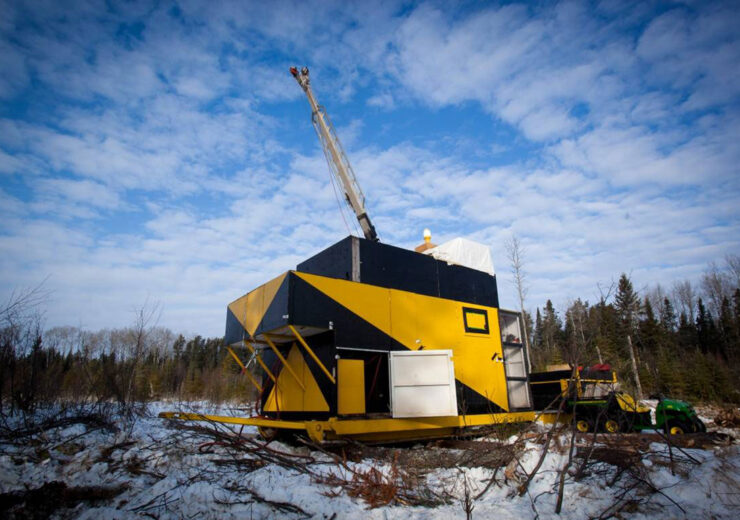The PEA of the Canadian gold project estimates mine life of 13 years with production of 5,000 tonnes per day

Treasury Metals will focus on in-fill and definition drilling this year at the Goliath Gold Complex. (Credit: Treasury Metals Inc.)
Treasury Metals estimates that the Goliath Gold Complex in Canada will be developed as a combined open pit and underground mining operation with a pre-production cost of CAD233m ($182.27m).
As per the results from a preliminary economic assessment (PEA), the project will have the potential to produce 5,000 tonnes per day (tpd).
The Goliath Gold Complex is made up of the Goliath, Goldlund, and Miller deposits that are located along a 65km trend in northwestern Ontario. It is located 20km east of the City of Dryden.
The PEA prepared by Ausenco Engineering Canada projects the life of mine sustaining capital at CAD313m ($244.85m), which will be mainly allocated for Goliath underground development and the construction of a tailings storage facility (TSF).
Goliath Gold Complex will have a mine life of 13 years
The Goliath Gold Complex, which spans 330km2, will have a mine life of 13 years. Its average annual production for the first nine years is estimated to be 102,000 ounces of gold with a post-tax net present value (NPV) of CAD328m ($256.58m).
The process plant of the project is estimated to treat 1.8Mt of ore annually. Its average throughput is projected to be 4,875 tonnes per day with an availability of 92%.
According to the PEA, the design of the process plant includes a three-stage crushing circuit, gravity concentration, ball mill, classification, standard leach, and carbon-in-leach (CIL) technology, and detoxification.
In August 2019, Treasury Metals secured environmental clearance the Canadian Environmental Assessment Agency (CEAA) for Goliath Gold project.
Treasury Metals stated: “The Company intends to immediately initiate trade-off and optimization studies as part of a formal Pre-Feasibility Study, baseline environmental work, and other critical studies with a view to completing all required engineering work to facilitate the provincial permitting process later this year.
“Engagement with local communities and Indigenous Nations will also continue throughout the year.”
